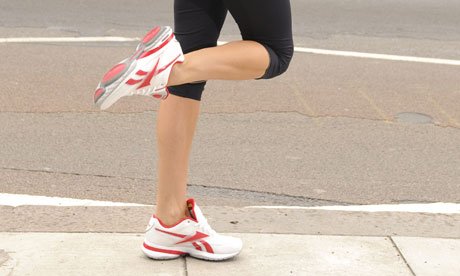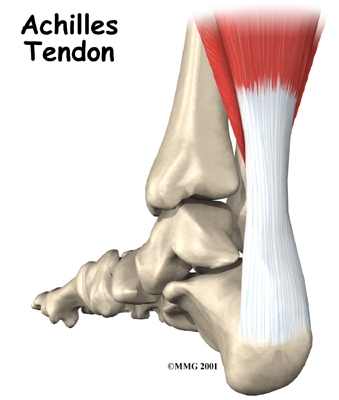
In spirit of March being Women's Health Month, I have a created a list of 10 things all women should know before they go to pamper them self with a pedicure at their local salon.
1.
Bring Your Own Instruments:This will help decrease the risk of catching viruses, bacteria and fungus. Things to bring include: nail nipper, cuticle nipper, cuticle pusher and curette cleaner.
2.
Ask About Instrument Cleaning:Does the salon sterilize their instruments or do they just disinfect? Sterilization of instruments by autoclaving is the better choice.
3.
Ask What Type of Foot Bath is Used:Usually the whirlpool foot bath is either piped or pipe-free. It is thought that pipe-free is better because piped whirlpool foot baths have been found to contain bacteria in their pipes, jets and water filtration systems. The pipe-free whirlpool foot baths can easily be removed for cleaning. If the foot bath uses a liner, make sure that a new liner is being used each time.
4.
Ask If Disposable Items Are Used Only Once:Items such as nail files, foot files, buffers and toe separators should be used only once. You may want to consider bringing your own disposable items with you.
5.
Make Sure Technician's Hands Are Clean:The nail technician should wash their hands in between clients. If they do not wash their hands, request that they do or that they wear gloves. Be cautious of a technician with fake (artificial) fingernails. It is hard to clean the area between the fake fingernail and the real fingernail.
6.
Ask If the Salon and Technician Are Licensed:The salon and technician should both be licensed by their state governing board. Usually the board of cosmetology. The licenses should be clearly displayed at the salon.
7.
Don't Shave Legs 24 Hours Before Appointment:Nicks and cuts from shaving create small openings in the skin where bacteria can enter. If you have any open sores, wait until they heal before getting a pedicure.
8.
Tell Technician Your Medical Conditions and Medications:Certain medical conditions and medications can increase the risk of infection. Examples include: diabetes, lymphedema, peripheral vascular disease (PVD), neuropathy, HIV and autoimmune diseases like lupus. Examples of medications include: chemotherapy agents and blood thinners such as coumadin.
9.
Check If the Salon is Clean:The salon itself should be clean and well kept. This is usually a good indicator of how well they take care of their instruments and other salon equipment.
10.
You Should Have No Pain:Getting a pedicure at the salon should not be a painful experience. Just like any business, there are good salons and not so good salons. Find a pedicure salon that follows strict sterilization procedures and find a technician who does not cause pain or bleeding.
Please keep the tips listed above in mind when treating yourself to a mani/pedi. However, if you fall victim to a bad experience resulting in a nail and/or toe issue, please give our office a call for consultation, 440-946-5858.
 In an recently published article, Reebok International Ltd., which is owned and operated by Adidas, has been ordered to return $25 million to consumers over reported false advertising with its’ toning shoes, which include “EasyTone”, “RunTone” as well as several types of flip-flops and clothing.
In an recently published article, Reebok International Ltd., which is owned and operated by Adidas, has been ordered to return $25 million to consumers over reported false advertising with its’ toning shoes, which include “EasyTone”, “RunTone” as well as several types of flip-flops and clothing.

